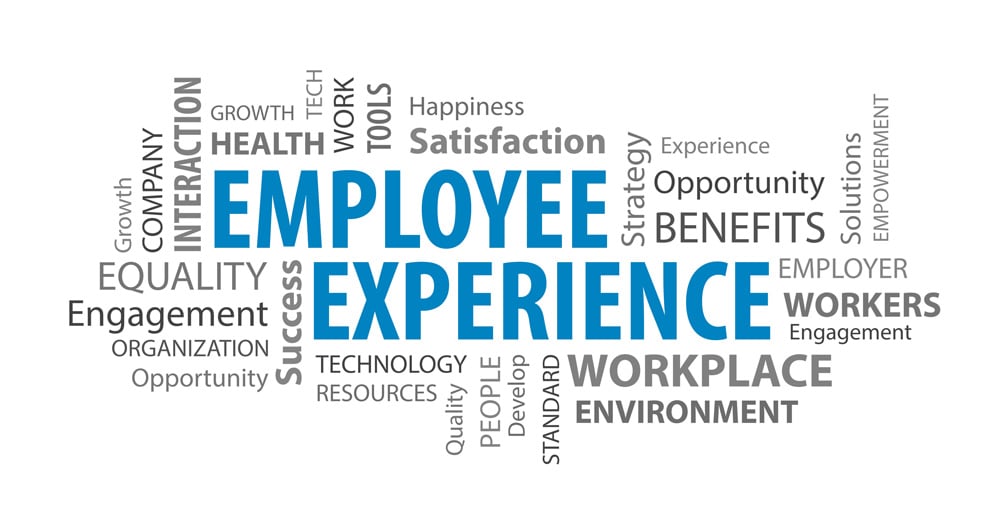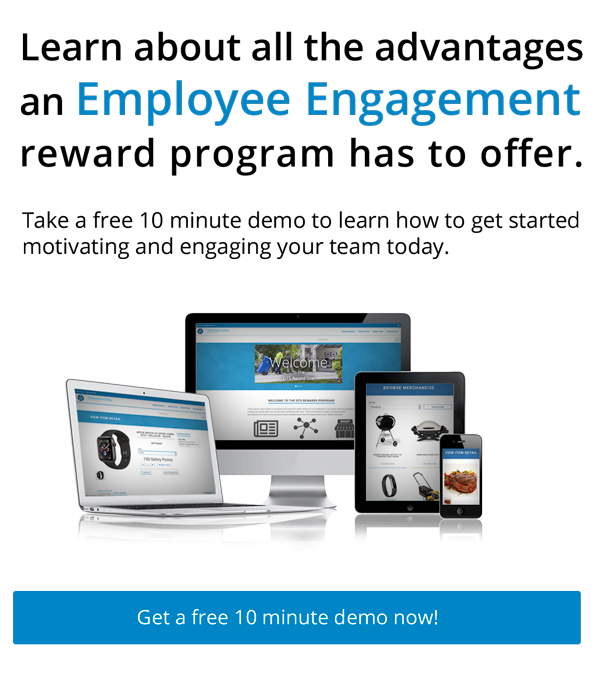Listen to this blog:

The employee experience (EX) refers to the whole lifecycle of an employee, from recruiting and onboarding through training, retention and even their exit from the company. Because recognition and engagement efforts are important factors in the employee experience, EX represents a holistic approach. Sustaining customer experience efforts, improving products or services and building a strong, reputable brand all require the help of employees, so the employee experience is foundational to business performance.
The 5 stages of the employee experience include:
- Recruitment: All the steps involved in attracting and hiring the right employee for the job.
- Onboarding: Providing the tools necessary to do the job, training, setting expectations and introducing the culture of the company
- Development: Helping the employee set their path through the organization; expanding their skill set, providing opportunities for advancement.
- Retention: It’s expensive to hire and train new employees so retaining the best talent is critical to a company, financially and otherwise. Employees who feel recognized and rewarded for exceptional results are more engaged and stay longer.
- Exit: Employees leave for all kinds of reasons. Although some companies are now conducting “stay interviews” to make sure they’re meeting employees’ needs, exit interviews can provide a wealth of information once employees feel that they have nothing to lose by being candid.
Employee incentive, reward, and recognition programs have always been a critical part of the retention step and are becoming increasingly important in the recruitment process. Employees want to know that their results will be appreciated and valued.
Millennials especially want more opportunities to have a voice in the workforce. Because Millennials are now the largest segment of the workforce, it makes sense for companies to make the effort to understand this generation of employees that think differently than the generations before them.
The most effective employee incentive, performance improvement, and recognition programs invite input from the participants, from goal setting to the reward selection. Setting goals with input from both management and the employees that can affect the desired change ensures that the program goals are aligned with company initiatives. Effectively designed employee programs clearly communicate what is important to the company, what the employees need to do to excel, and how they’ll be rewarded when they do.
Most managers are not trained in the design and structure of employee reward & recognition programs. It’s important to partner with an experienced firm that can ensure that your program will be successful and avoid unintended pitfalls.
To enhance your employee experience through effectively designed employee engagement and retention programs, contact one of our Incentive Professionals today!



